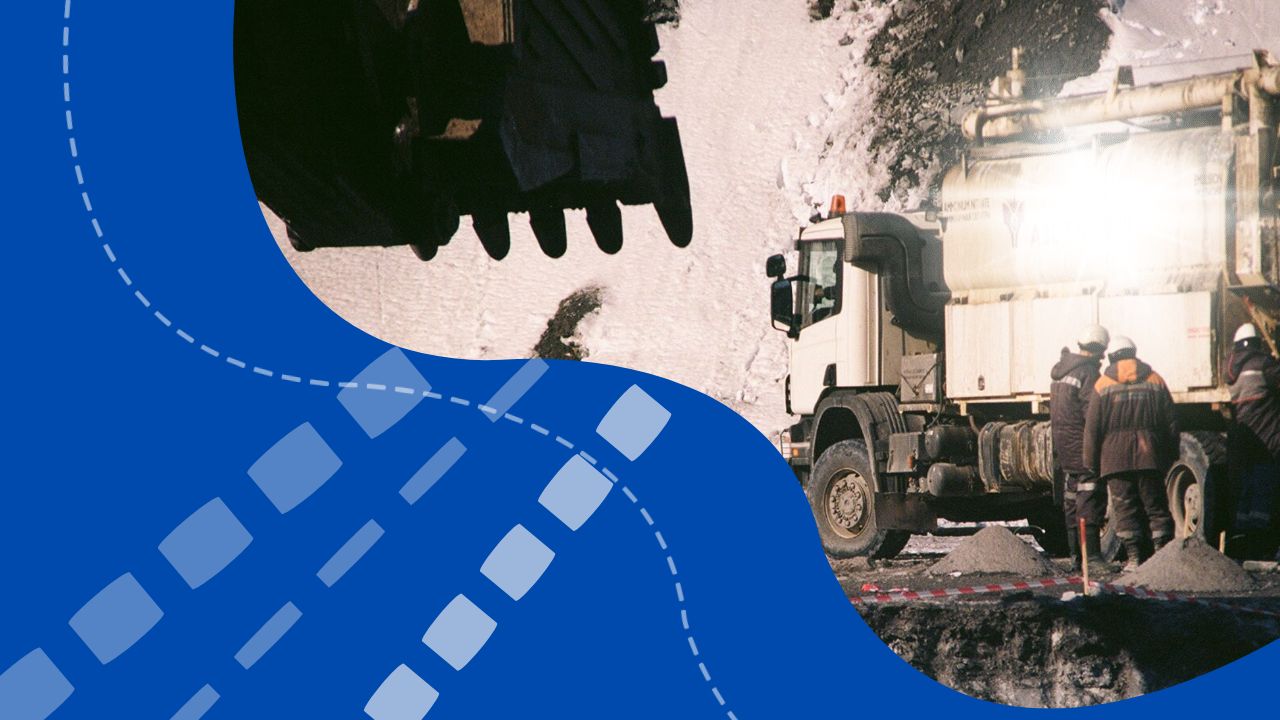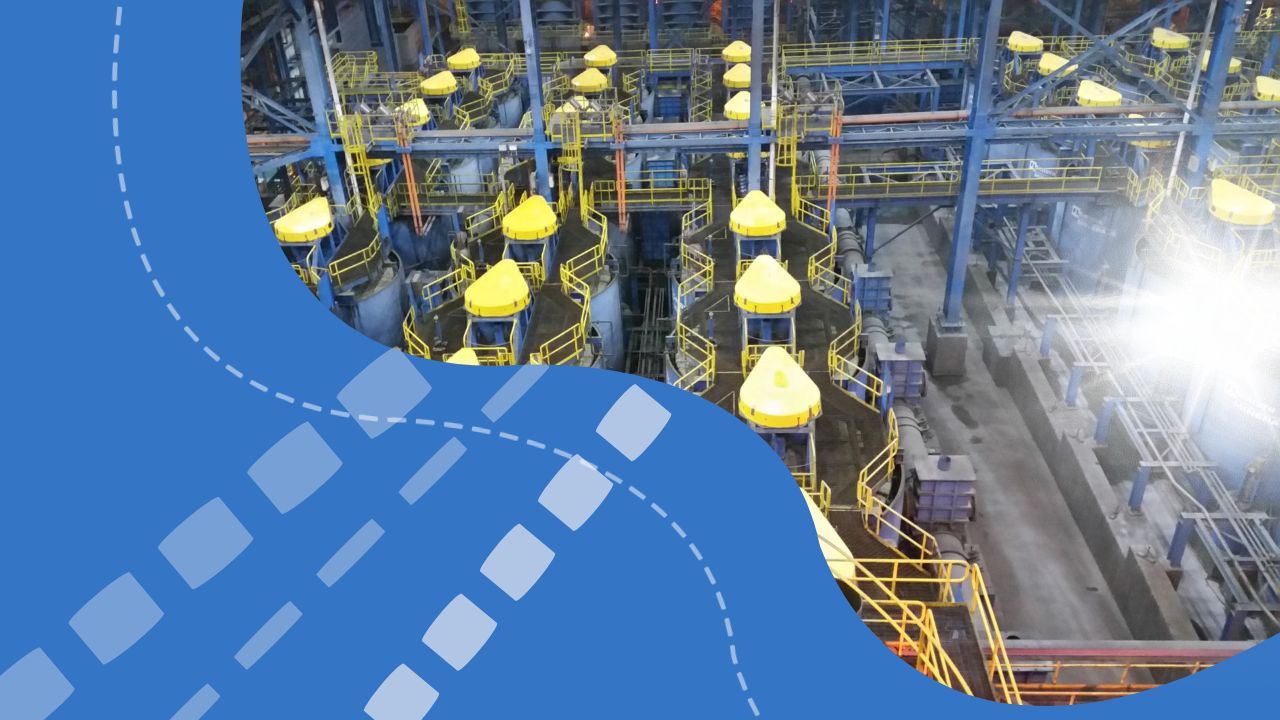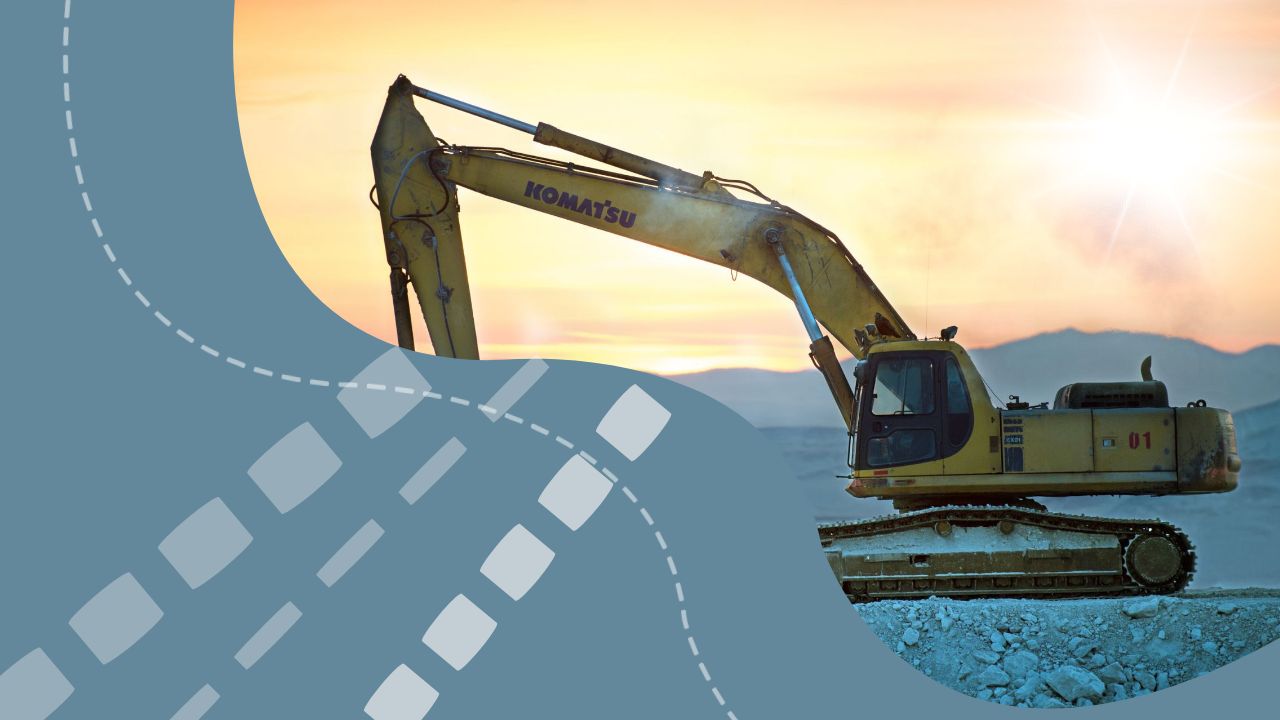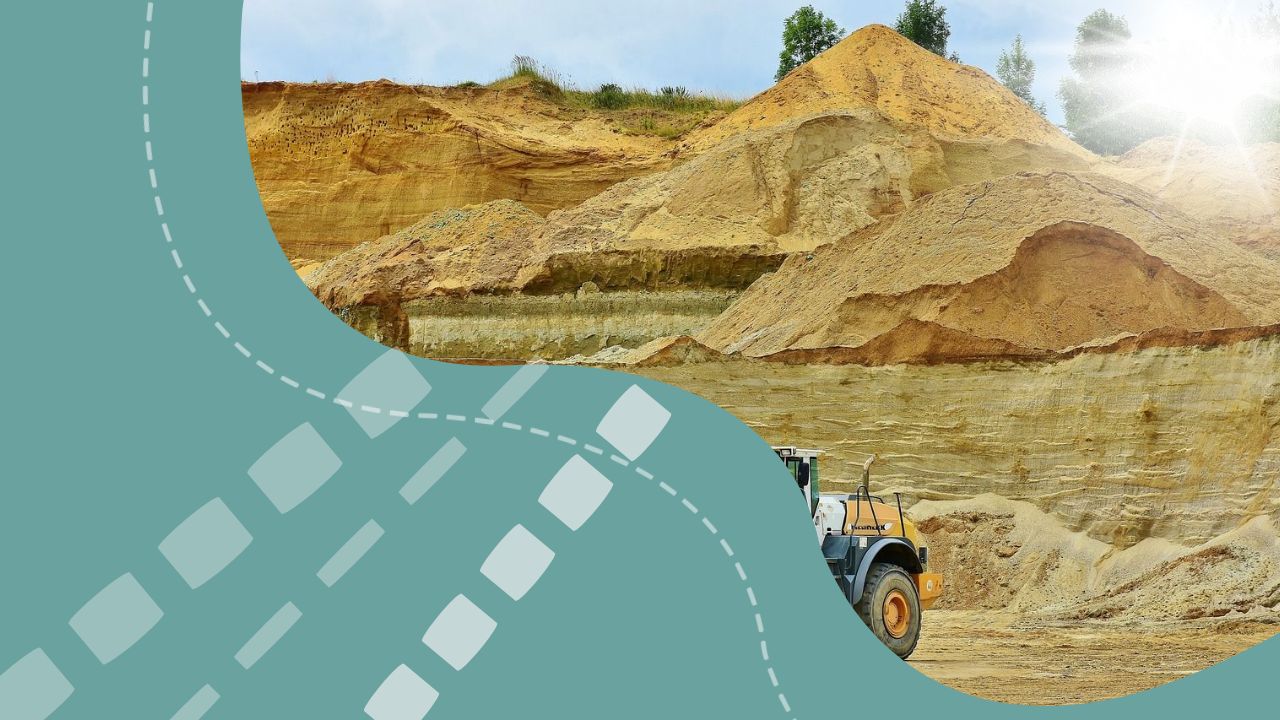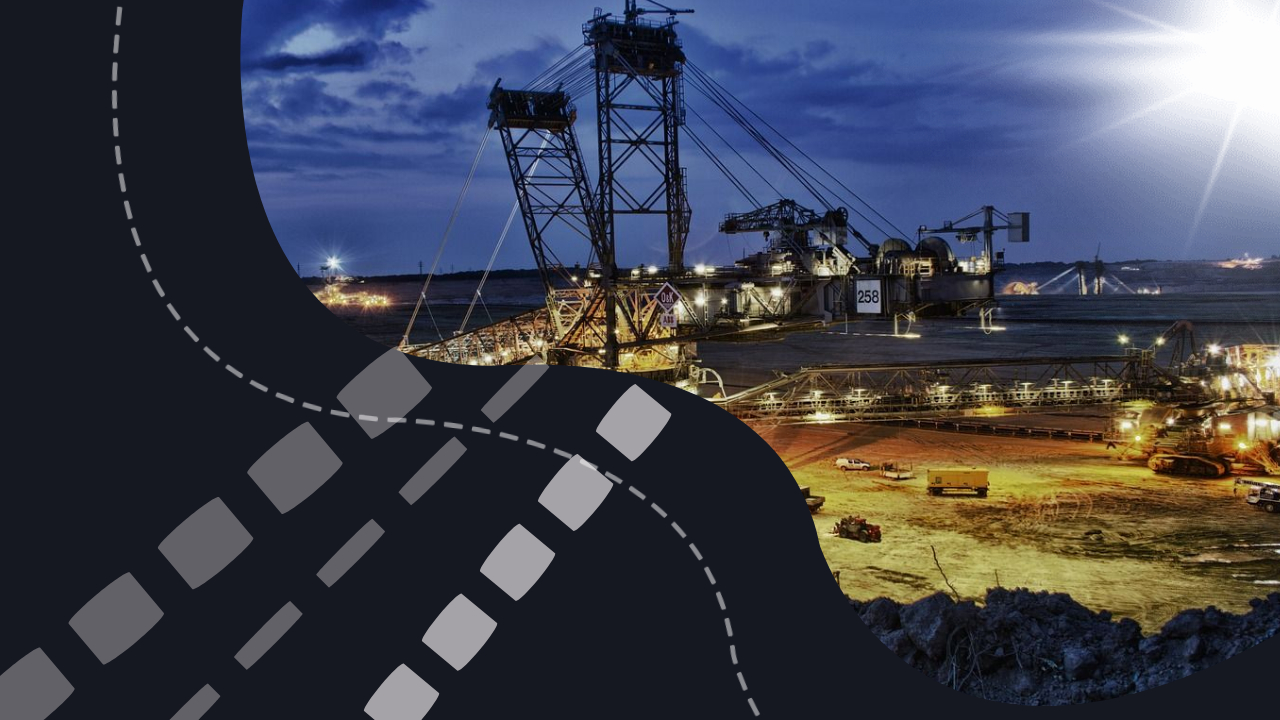China is gearing up for a substantial expansion of copper mining activities in Serbia as global demand for this vital metal, crucial for the global transition to green energy, outpaces supply. The race to secure materials and supply chains essential for green-energy transition has intensified, with China emerging as a dominant supplier of critical minerals required for technologies such as wind turbines, power grids, and electric vehicles.
Zijin Mining Group, China’s largest gold miner and a significant copper producer, is set to increase copper extraction at the Cukaru Peki copper and gold mine in Eastern Serbia. This mine was inaugurated approximately two years ago, with an initial investment of US$678 million to commence operations. Now, China is eyeing further exploration, drilling nearly two kilometers deeper to tap into additional reserves.
Branko Rakocevic, the leading Serbian official associated with the mine, revealed in media statements, “These are extensive reserves, necessitating additional infrastructure and an extra investment of approximately US$3.5 billion to US$3.8 billion.”
Situated in the eastern Bor region, the mine comprises an upper and lower zone. Last year, production from the upper area yielded 111,000 tons of copper and 152,000 ounces of gold. Its potential annual capacity is estimated at 91,400 tons of copper and 2.5 tons of gold, with the possibility of reaching peak outputs of 135,000 tons of copper and 6.1 tons of gold.
Once both zones reach their full capacity, the Cukaru Peki mine is poised to position Serbia as Europe’s second-largest copper-producing nation. Europe’s largest copper producer is the Skouriotissa Mine in Nicosia, Cyprus.
Rakocevic emphasized, “Copper enjoys consistent global demand, justifying long-term investments. The market remains stable, with prices experiencing a decline from last year, but we anticipate limited volatility.”
According to McKinsey, the global transition toward a greener economy will drive annual copper demand to 36.6 million tons by 2031. In contrast, supply is projected to reach around 30.1 million tons by the same year, up from the current 22 million tons, resulting in a potential shortfall of 6.5 million tons at the beginning of the next decade.
Serbia, not being part of the European Union, maintains a Free Trade Agreement with the Eurasian Economic Union (EAEU), encompassing Armenia, Belarus, Kazakhstan, Kyrgyzstan, and Russia. China also holds a non-preferential Free Trade Agreement with the EAEU, a flexible arrangement allowing Beijing to negotiate tariff reductions as needed.
In April 2023, China and Serbia initiated negotiations for a free trade agreement. Serbia stands as China’s primary trading partner in Central and Eastern Europe, with bilateral trade surging by 10.1% year-on-year to reach US$3.55 billion in 2022.


